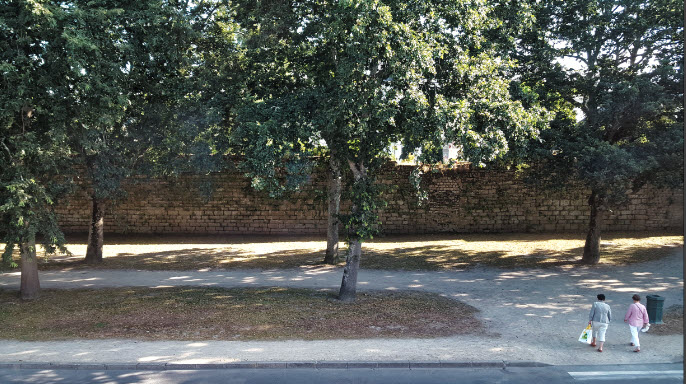
This morning I’m getting ready to pack up and head home after some time (mostly) relaxing in France. As I have done in previous years, I’ve included a picture out of the window from where I’m sitting. Although the state of emergency in the country was extended after the appalling attack in Nice last week, there are few signs of it among the holiday makers where I am staying. Nor have I been asked about “Brexit”, which is probably a good thing as I’m not sure my French vocabulary could cope!

I mentioned last year the now almost ‘traditional’ practice of burning cars in protest in France on national holidays. Last year on Bastille day, as I reported then, 721 cars were burned. This year, I have been unable to find a national summary number, but despite the state of emergency and a big police presence on the streets, in the Seine-Saint-Dennis department, just north of Paris, 30 cars were burned compared to 70 last year. Although most of France is united in its horror at the Bataclan and in Nice, tensions among the disadvantaged and, in their view, disenfranchised, remain high.
In display news this week, I was saddened to hear that Cima Nanotech, a start-up that had been developing ITO replacement technology to enable large touch displays, has gone into liquidation. This happened a couple of weeks ago, but has not been widely reported. We had been impressed with what we had seen for the company and commercially it had seemed to be making some headway through its joint venture, Cima Touch, with Foxconn in the sale of modules with integrated touch, after its core licensing business developed more slowly than hoped. We caught up with the company several times at CES, ISE and Infocomm this year. The failure of Cima Nanotech after the liquidation of Cambrios shows the difficulties in trying to develop the market for ITO replacement materials. (although, as we reported, Cambrios has found new backing [Cambrios Clarifies Changes] and Cima’s website remains active at the time of writing)
Suppliers of ITO-based solutions have been working hard to compete with the alternatives and prices for ITO have come right down, making the development of alternatives very challenging. The big technical advantage that some of the ITO replacement materials have is in supporting flexibility, but while truly flexible display applications remain just a future prospect (although Canatu has shown some flexible applications [Canatu Integrates with E Ink], the revenues needed to sustain the development of alternatives will remain scarce.
Bob

